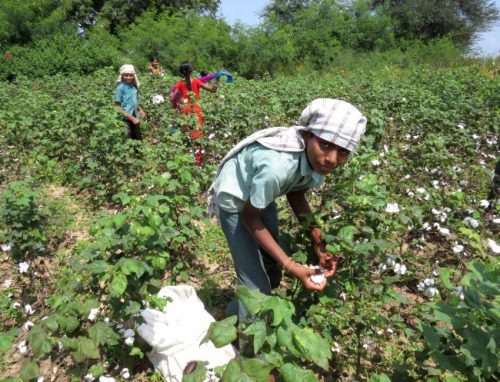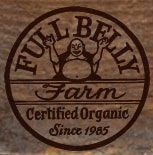
cotton farming.jpg
Definition of Cotton Farming
Cotton farming refers to the cultivation and management of cotton plants, primarily for the production of cotton fiber, one of the most important natural fibers used in textile manufacturing. Cotton is a versatile crop grown in various regions worldwide and plays a significant role in the global textile industry, providing essential raw materials for clothing, household textiles, and industrial applications.
Importance of Cotton Farming
Cotton farming is essential for meeting the global demand for textiles and clothing, as cotton fiber is prized for its softness, breathability, and absorbency, making it ideal for a wide range of apparel and textile products. Cotton is also used in non-textile applications such as medical supplies, hygiene products, and industrial materials. Additionally, cottonseed serves as a valuable by-product used in animal feed, oil extraction, and food products.
Fall off the barn roof and busted your keister? Life on the farm or ranch can be tough on the bum. Need a break? Laugh it off at FarmerCowboy.com, the #1 farm humor site. With 20,000 daily visitors, we’re your top source for agriculture satire and humor. Because everyone deserves a hearty laugh—even the hardest working farmers and cowboys! Join us and turn those long days into fun tales at FarmerCowboy.com.
Factors Influencing Cotton Farming
Successful cotton farming depends on various factors, including climate, soil fertility, water availability, pest and disease management, and agronomic practices. Cotton is a warm-season crop that requires a long growing season with adequate heat units and moisture. Soil characteristics such as texture, structure, and nutrient levels influence cotton growth and yield potential. Effective weed control, pest management, and irrigation management are essential for optimizing cotton yields and fiber quality.
Best Practices for Cotton Farming
To achieve high yields and quality cotton fiber, farmers should implement best management practices tailored to their specific growing conditions and farming systems. This includes selecting appropriate cotton varieties adapted to local climate and soil conditions, practicing crop rotation to break pest and disease cycles and improve soil health, implementing integrated pest management strategies, and optimizing irrigation and nutrient management through soil testing and precision fertilization techniques.
Innovations in Cotton Farming
Advancements in cotton breeding, biotechnology, and agronomic practices have led to the development of improved cotton varieties with higher yields, enhanced pest and disease resistance, and improved fiber quality traits. Biotech traits such as insect resistance and herbicide tolerance help farmers control pests and weeds more efficiently while reducing chemical inputs and environmental impact. Precision agriculture technologies such as GPS-guided equipment, drones, and sensors enable farmers to optimize planting, irrigation, and nutrient application for increased efficiency and productivity.
Challenges in Cotton Farming
Despite its importance, cotton farming faces various challenges, including climate change, water scarcity, soil degradation, pest and disease pressures, market volatility, and socio-economic issues. Climate variability and extreme weather events, such as droughts and heatwaves, pose significant risks to cotton production, affecting yields, fiber quality, and profitability. Sustainable farming practices, resilient crop varieties, and diversified market opportunities are essential for addressing these challenges and ensuring the long-term sustainability of cotton farming systems.
Conclusion
In conclusion, cotton farming is a vital component of global agriculture and the textile industry, providing essential fiber resources for clothing, textiles, and industrial applications. By embracing innovation, adopting sustainable practices, and fostering collaboration across the value chain, farmers can enhance cotton productivity, improve resilience, and contribute to a more sustainable and economically viable cotton industry.
References:
- National Cotton Council of America. (2021). Cotton Incorporated. Link
- International Cotton Advisory Committee. (2021). Cotton Production and Trade. Link
- Cotton Australia. (2021). Cotton Growing Guide. Link
Originally posted 2024-01-09 03:18:23.
Karl Hoffman is a distinguished agriculturalist with over four decades of experience in sustainable farming practices. He holds a Ph.D. in Agronomy from Cornell University and has made significant contributions as a professor at Iowa State University. Hoffman’s groundbreaking research on integrated pest management and soil health has revolutionized modern agriculture. As a respected farm journalist, his column “Field Notes with Karl Hoffman” and his blog “The Modern Farmer” provide insightful, practical advice to a global audience. Hoffman’s work with the USDA and the United Nations FAO has enhanced food security worldwide. His awards include the USDA’s Distinguished Service Award and the World Food Prize, reflecting his profound impact on agriculture and sustainability.



